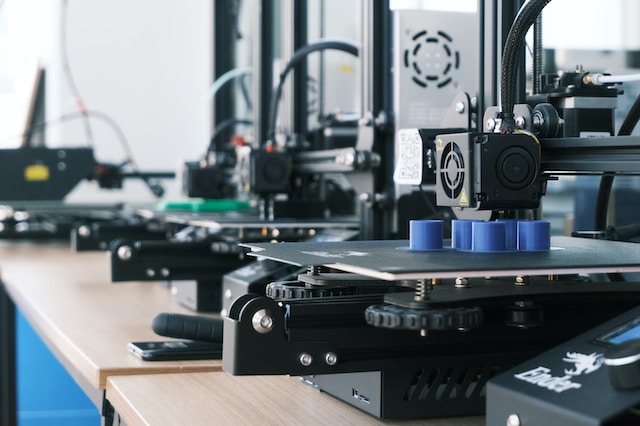
-
Philippine manufacturers experienced modestly better operating conditions in July 2023 that led to quicker expansions in both factory orders and manufacturing production
-
The Philippines’ Purchasing Managers’ Index gained a full point, from June’s 11-month low of 50.9 to July’s 51.9
-
Filipino manufacturers recorded a further decline in vendor performance in July, with the average lead time extended for two consecutive months and the lag in delivery times worsening
The Philippine manufacturing sector accelerated in July, as both factory orders and manufacturing production registered quicker expansions.
The Philippines’ Purchasing Managers’ Index (PMI) – a composite single-figure indicator of manufacturing performance – picked up from June’s 11-month low of 50.9 to 51.9 in July.
RELATED READ: PH manufacturing dips on soft June business mood
Operating conditions have now improved monthly for one-and-a-half years, according to the latest survey of New York-based S&P Global, a financial and information analytics company.
“Continued improvement in the underlying demand picture helped drive the latest upturn, with both production and new orders recording stronger rates of expansion,” S&P Global Market Intelligence economist Maryam Baluch said in a statement.
S&P Global said anecdotal evidence showed that a growing customer base and improved underlying demand propelled the latest upturn. At the same time, foreign demand for Filipino goods grew for the seventh successive month. The growth rate of new export orders also accelerated to a three-month high.
Subsequently, output growth accelerated after slipping to a 10-month low in June. The respective seasonally adjusted index signaled a modest expansion in production volumes overall, S&P Global said.
Greater production requirements and a faster rise in new orders fed into a spike in purchasing activity in July, driving up the growth rate at its fastest since January towards a solid overall performance.
Meanwhile, pre-production inventories fell in July, although just fractionally, as some firms used pre-existing stock to meet new order requirements. Renewed growth in holdings of finished products was noted amid reports of companies increasing their post-production inventories in preparation for greater expected sales.
Capacity pressures eased in July, with overall volumes of work-in-hand falling for the first time in five months. With firms able to keep up with production requirements, Filipino goods producers were able to pare back staffing levels for the second successive month.
Filipino manufacturers recorded a further deterioration in vendor performance in July. After decreasing for the first time in nearly four years in May, average lead times had increased for two consecutive months. July was also the period when delivery times lagged the most since December 2022.
July data signaled a slight pick-up in inflationary pressures.
Both input prices and output charges rose at accelerated rates. Nonetheless, the latest paces of increase were among the slowest seen since the current run of inflation began in May 2020.
Though business expectations of future output had eased from June’s five-month high, they remained optimistic in July. Nearly half of the survey respondents expect production growth in the next 12 months.




